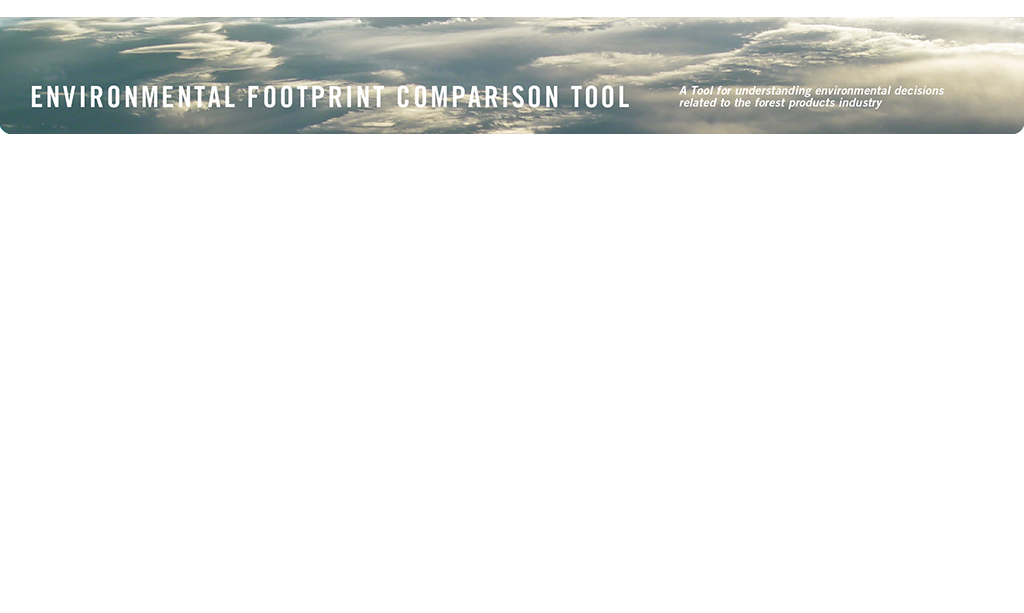
The connections between the climate change issue and the forest products industry are more complex than for any other industry. The forests that supply the industry's raw material remove carbon dioxide from the atmosphere and store the carbon in the forest ecosystem and ultimately in forest products.
Most of the industry's manufacturing facilities require fossil fuels, and these fuels generate greenhouse gases when burned. The industry obtains much of its energy, however, from biomass fuels, which are carbon neutral due to their short-term renewable life cycle. This characteristic contrasts with that of fossil fuels, which when burned undergo a one-way transfer to the atmosphere from geologic reserves.
For more information, use the grid below. Hover over the bubbles to see possible effects of decreasing greenhouse gas emissions. Click on a column header to go to a page dedicated to that subject. How
should I use this information?
If you are unable to view the video here, you can also find all the videos in this site here.

 Three brief videos provide basic information on the forest carbon cycle, "carbon neutrality" and assessing the GHG benefits of using
Three brief videos provide basic information on the forest carbon cycle, "carbon neutrality" and assessing the GHG benefits of using
forest biomass.
 Carbon dioxide can remain stored in forests and forest products for periods ranging from days to centuries.
Carbon dioxide can remain stored in forests and forest products for periods ranging from days to centuries.
 The forest products industry gets much of its energy from biomass fuels, which are carbon neutral.
The forest products industry gets much of its energy from biomass fuels, which are carbon neutral.
 Switching to biomass or natural gas from coal can significantly reduce emissions of certain air pollutants.
Switching to biomass or natural gas from coal can significantly reduce emissions of certain air pollutants.


